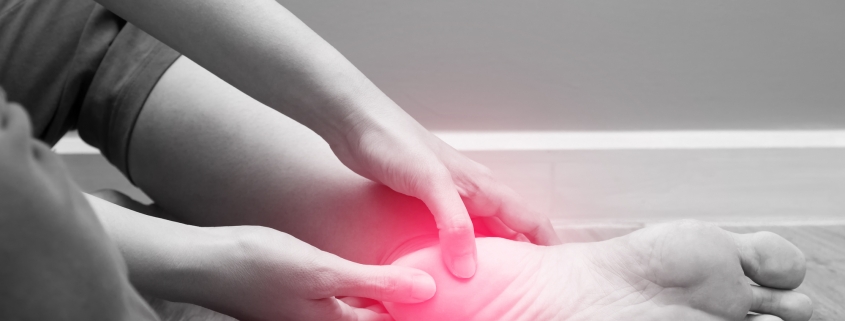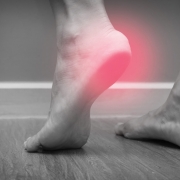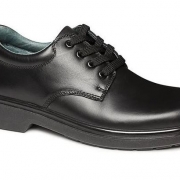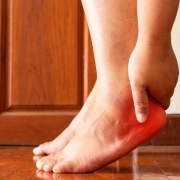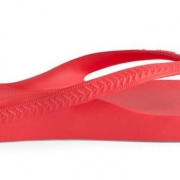Heel pain in kids is something we see a lot of and something that is quite common. Ask a group of, say around Year 6 school kids, about it and you can assume that they have had it or if they have not had it one or some of their friends have had it – it is that common. The most widely used term for this is ‘Sever’s Disease’, named after Dr Sever’s who first described it. The technical or medical name is ‘calcaneal apophysitis’. At the back of the heel there is a growth plate that growth in children takes place at. The condition is a strain or irritation of that growth plate. The growing area of the bone merges with the rest of the heel bone (calcaneus) in the early teenage years, so the condition does not exist after that age.
The issue with the terminology is firstly there is a movement away from naming conditions after people, so the terms ‘Sever’s’ should probably be dropped because of that. Secondly, there is also the issue of calling it a ‘disease’ when it is not a disease. Using the word disease to describe this problem is nocebic and conjures up all sorts of images in the child’s mind so that should not be used also for that reason.
Typically, the symptoms of this condition are at the back of the heel and are worse during activity. They may be reproduced by squeezing at the back of the heel bone. While this is the most common reason for heel pain in children, there are a number of other less common conditions that will need to be ruled out and it is important to get the diagnosis right in case it is something more serious.
The cause of Severs Disease or Calcaneal Apophysitis is most likely just simple overuse; that is too much activity, especially on harder surfaces. A higher bodyweight and tighter calf muscles may also be an issue that increases the risk for this.
The typical approach to treatment after getting the diagnosis right is just reassurance of the child of the self limiting nature of this condition and load modification of activity levels and lifestyle to keep the symptoms under control. Sometime a cushioned heel raise can be used to protect the area. ICE can be used after sport to help the pain.

